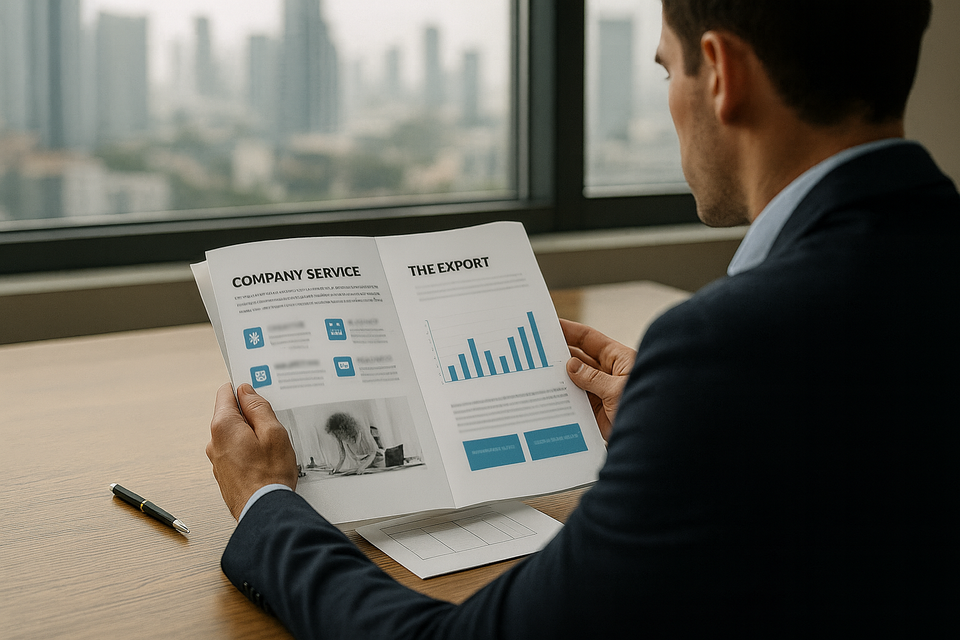The 20-Minute Edge: How to Read a 10-K Without Drowning

Turn dense reports into quick insights that protect your portfolio
Why Most Investors Stop at Page Five
A company’s 10-K often runs over 100 pages.
For many investors, that’s enough to push it into the “I’ll read it later” pile.
The problem is that the most valuable parts usually sit well past the glossy opening summary.
That’s where you find the detailed risk factors, the unpolished management discussion, and the footnotes that reveal what headlines never mention.
The real skill is knowing where to focus and how to filter.
With a 20-minute framework, you can move past the clutter, catch the signals that matter, and walk away with clarity that most retail investors miss.
The New Language of Risk
A few years ago, far fewer filings mentioned AI.
By 2023, nearly seven in ten S&P 500 companies referenced it somewhere in their 10-Ks.
And most of those mentions appeared in Risk Factors—CAQ counted 312 such instances—so a majority of the index now flags AI as a risk, though many descriptions remain generic.
At the same time, the SEC has kept its attention on MD&A clarity and non-GAAP metrics. Regulators don’t object to alternative measures, but they do insist on fair presentation and equal prominence of GAAP results.
For you, this creates a new challenge: companies are writing more, but not always saying more. Separating buzzwords from substance is now part of being a disciplined investor.
What a 10-K Really Tells You
It helps to see the 10-K for what it is: part financial record, part legal safeguard, part marketing pitch.
Management wants to inspire confidence. At the same time, they’re obligated to disclose what could go wrong.
That tension—between optimism and obligation—is where the real insights hide.
When you read the document as a story instead of a data dump, you’ll start to notice shifts in tone. Optimism hardens into caution. Confidence softens into hedging.
Those moments tell you more about the business than polished press releases ever will.
Your 20-Minute Reading Plan
The most practical way to use a 10-K is to focus on the sections that give you the richest signals—and skip the rest.
Start with Risk Factors (5 minutes)
Scan for space devoted to AI, regulation, debt, and litigation.
Concrete risks that tie directly to the business show management is being upfront. Vague, copy-and-paste language is usually just legal padding.
Move to the MD&A (7 minutes)
This is where tone meets numbers.
Do they acknowledge challenges directly?
Check whether the adjusted numbers line up with the official results—and make sure those results aren’t buried in fine print.
Check Financials & Notes (5 minutes)
Don’t drown in detail—look for the arrows.
Are revenues climbing, margins shrinking, or debt levels rising?
Year-over-year swings here matter far more than single line items.
Finish with Ownership & Legal (3 minutes)
Insider ownership shows alignment.
Disclosed lawsuits or investigations show vulnerability.
Together, they round out the business picture more reliably than any investor presentation.
Then do a year-over-year compare
If the language barely changes while the world does, that silence should raise a flag.
“A 10-K isn’t just paperwork—it’s management talking under constraints.”
A Question to Sit With
When you open an annual report, do you look for comfort—
Or do you train your eye to notice the truths others would rather ignore?
Closing Thought
You don’t need an accounting degree to make sense of a 10-K.
What you need is a framework, a calm eye, and the discipline to test management’s story against the numbers they can’t avoid.
In just 20 minutes, you can turn one of Wall Street’s densest documents into a quiet advantage—helping you avoid hype, spot risks early, and invest with more clarity than the crowd.
Partner Spotlight: Build Wealth Without Sacrificing the Life You Love
You can master reading a 10-K, spot risks before the crowd, and still feel like there’s never enough time to enjoy the rewards of investing. That tension — between building wealth and actually living well — is something every serious investor faces.
That’s why I recommend Rich Life Insiders.
With more than 800,000 readers, it’s become a trusted place for actionable, no-BS advice on how to grow a business, manage money, and design a rich life that doesn’t force you to trade away your freedom.
Members get insider techniques on negotiation, automation, psychology, and investing — plus private scripts, case studies, and Q&As that aren’t shared publicly. The focus isn’t just on numbers, but on creating a life you actually want to live.
👉 Join Rich Life Insiders here — and start building wealth with strategies that let you keep what matters most.